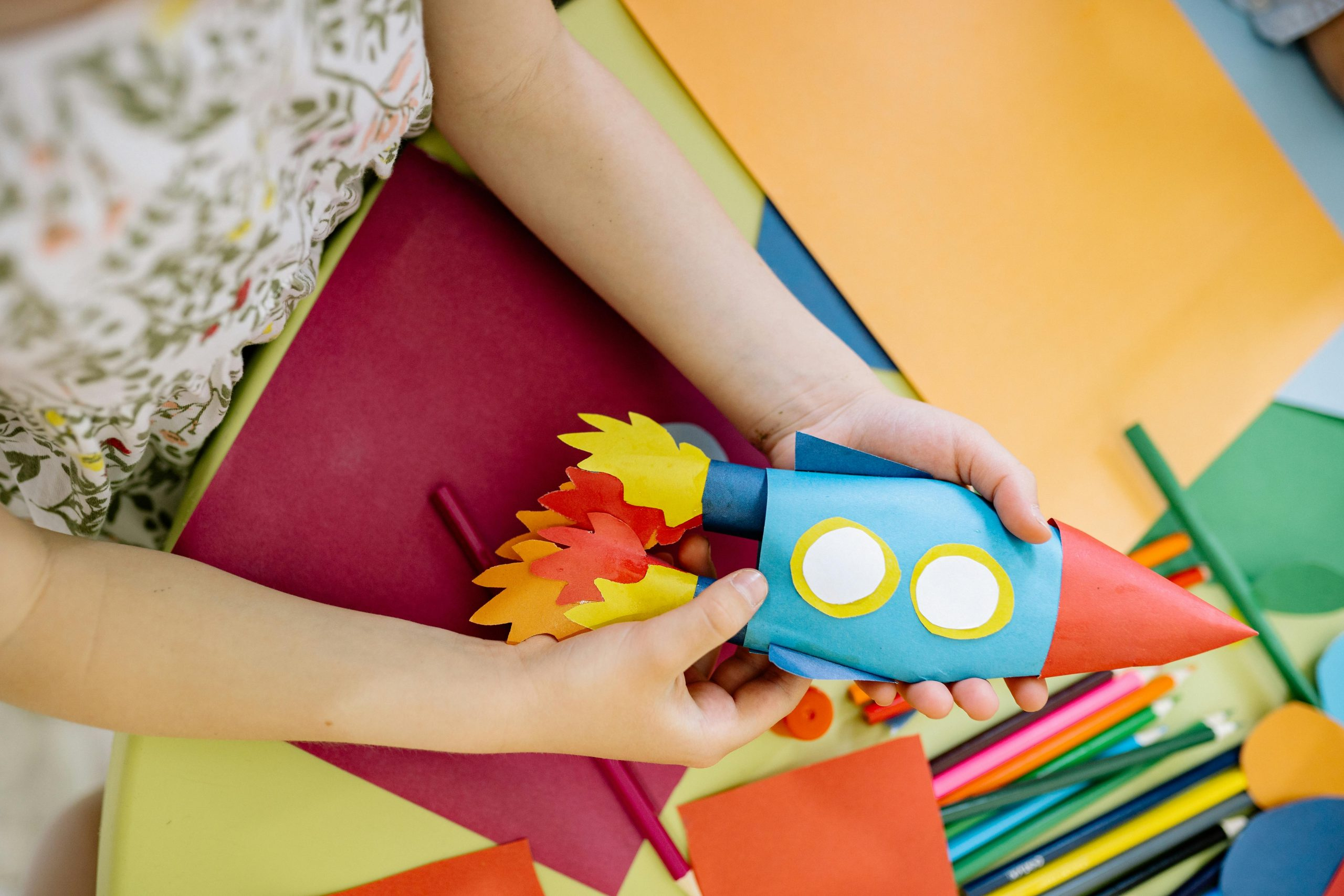Project-Based Learning for Real-World Application
Project-Based Learning, also known as PBL, is an innovative approach to education that has gained popularity in recent years. Unlike traditional classroom instruction, PBL focuses on real-world application of knowledge and skills through hands-on projects. This method not only enhances students’ critical thinking and problem-solving abilities, but also prepares them for the challenges of the modern world. In this article, we will explore the benefits of Project-Based Learning for real-world application and why it is a valuable tool for today’s learners.
The Basics of Project-Based Learning
What is Project-Based Learning?
Project-Based Learning is a student-centered teaching method that uses real-world projects to drive learning. As the name suggests, students take on a project that serves as the foundation for their learning. This could be a research project, a hands-on experiment, a presentation, or any other creative endeavor that requires students to apply knowledge and skills to real-world scenarios. Through PBL, students gain a deeper understanding of the material and develop a range of skills such as critical thinking, communication, and collaboration.
How Does PBL Work?
In a traditional classroom setting, learning is often isolated to a particular subject or topic. PBL, on the other hand, is interdisciplinary and encourages students to make connections across different subjects. For example, a science project on the water cycle may also involve elements of math, geography, and language arts. By integrating multiple subjects into one project, students gain a more comprehensive understanding of the material and how it relates to the real world.
Additionally, PBL follows a structured process that guides students through each project. This typically includes understanding the project challenge, researching and planning, creating a final product, and reflecting on the process. This allows students to work at their own pace and take ownership of their learning.
The Benefits of Project-Based Learning for Real-World Application
Developing Critical Thinking Skills
One of the primary benefits of PBL is its ability to foster critical thinking skills in students. By working on a project that requires them to solve a real-world problem, students are challenged to use their existing knowledge and skills in creative and practical ways. This encourages them to think critically, analyze information, and come up with innovative solutions.
Preparation for the Modern World
In today’s fast-paced and ever-changing world, it is essential for students to have skills that are applicable to real-life situations. PBL provides students with the opportunity to develop these skills, such as collaboration, adaptability, and problem-solving, which are highly valued in the workforce. This method also allows students to explore different career paths and develop a better understanding of their interests and strengths.
Promoting a Positive Learning Environment
As PBL is a student-centered approach, it creates a more positive and engaging learning environment. By giving students the freedom to work on projects that interest them, they become more invested in their learning. This, in turn, leads to increased motivation, creativity, and enthusiasm in the classroom.
Implementing PBL in the Classroom
To successfully implement PBL in the classroom, it is important to have a clear understanding of the goals and objectives of each project. This will ensure that students are focused on the desired learning outcomes and that the project is aligned with the curriculum.
Additionally, providing students with guidance and support throughout the project is crucial. This could include check-in sessions, peer collaboration, and teacher feedback. It is also essential to create a safe and supportive learning environment that encourages students to take risks and learn from their mistakes.
Real-World Examples of PBL
There are many successful examples of PBL that have been implemented in various educational settings. For instance, a group of students in Uganda used PBL to develop a sustainable solution for providing clean drinking water to their community. By applying their knowledge of science, engineering, and economics, they were able to create a low-cost water filtration system which they then presented to local government officials.
In another example, students in Canada used PBL to design and build a community garden for their school. They researched gardening techniques, created a budget, and worked together to construct the garden. This project not only taught students about agriculture and sustainability, but also promoted community involvement and pride.
Conclusion
Project-Based Learning is a valuable tool for preparing students for the modern world. By creating a more engaging and interactive learning experience, PBL not only enhances students’ skills and knowledge but also instills a love for learning. With its focus on real-world application and interdisciplinary learning, PBL is a must-have in today’s classrooms. It is time to move away from traditional methods and embrace this dynamic approach to education.










